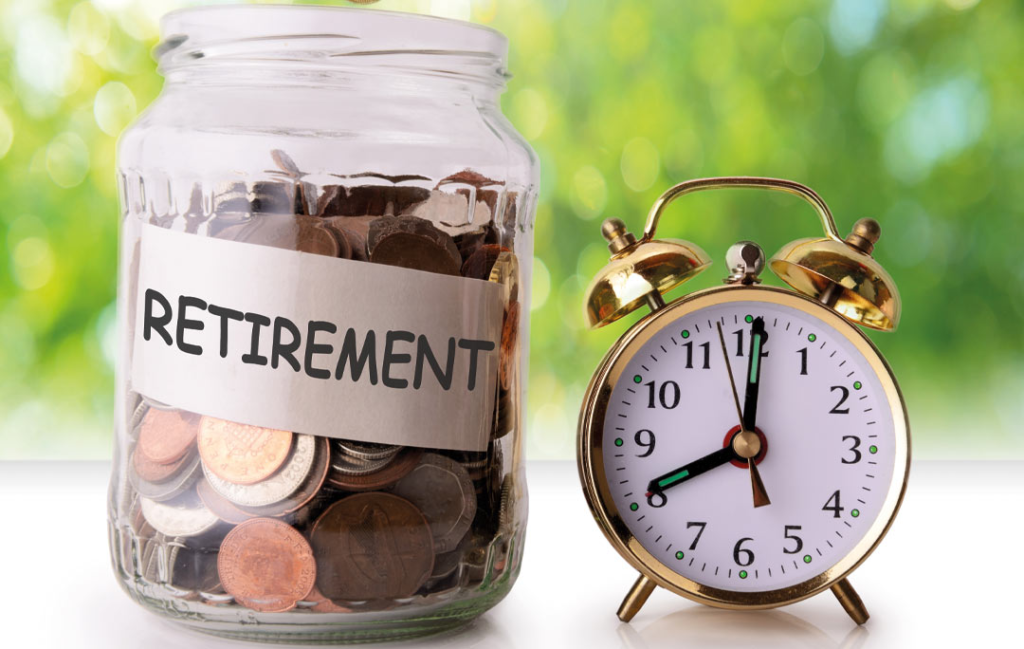Retirement Planning: How to Invest for Your Golden Years

As retirement approaches, it’s crucial to develop a well-thought-out investment strategy to ensure that you can maintain your lifestyle when you’re no longer working. Unfortunately, many people make the mistake of panicking as retirement nears, making impulsive and emotional investment decisions that can jeopardize their long-term financial security. These decisions often result in taking unnecessary risks or even losing a substantial portion of retirement savings.
To avoid these pitfalls and successfully navigate retirement planning, it’s essential to approach the process with a structured, disciplined strategy.
Step 1: Create a Comprehensive Retirement Plan
The first and most important step in preparing for retirement is creating a clear, realistic plan. Begin by estimating how much money you’ll need annually to maintain your desired lifestyle after you retire. This includes not only living expenses but also healthcare, travel, hobbies, and any other financial goals you may have. Factor in inflation and any potential changes in your spending habits.
Once you have an estimate of how much you’ll need, set a timeline for when you plan to retire. Knowing this will help you determine how much you need to save each month, the types of investments to make, and the risk levels appropriate for your age and retirement goals.
Step 2: Avoid Unnecessary Risks in Investment Products
One of the biggest mistakes retirees make is to take on excessive risk in their investment portfolios, particularly as they near retirement. High-risk, speculative investments—such as individual stocks or volatile assets—might seem appealing in the short term, but they can result in devastating losses just when you need your retirement savings the most.
Instead, focus on safer, stable investments with a proven track record of consistent, reliable returns over time. Examples include:
- Dividend-paying stocks: These can provide steady income in addition to potential growth.
- Bonds: Government and high-quality corporate bonds offer lower risk and predictable income.
- Real estate: Property investments can provide rental income and long-term appreciation, though they can be less liquid.
- Index funds or mutual funds: These funds provide diversification and generally offer safer, long-term growth compared to individual stocks.
Step 3: Diversify Your Portfolio
Diversification is one of the cornerstones of a solid retirement investment strategy. By spreading your investments across various asset classes, you reduce the risk of having a significant portion of your portfolio underperform during a market downturn.
A diversified retirement portfolio may include:
- Stocks and bonds across different sectors (e.g., healthcare, technology, energy, etc.)
- Real estate: Direct investments or REITs (Real Estate Investment Trusts)
- Precious metals like gold or silver, which act as a hedge against inflation
- Alternative investments like peer-to-peer lending, hedge funds, or commodities, though these may carry higher risks
By balancing these assets, you can help safeguard your investments from market volatility and ensure your retirement fund remains steady over the years.
Step 4: Understand Tax Implications
Tax planning is an often-overlooked aspect of retirement planning. Some investment vehicles are more tax-efficient than others, and understanding the tax implications of your investments can save you money in the long run.
For example:
- Tax-deferred accounts like IRAs and 401(k)s allow your investments to grow without paying taxes until withdrawal, which is beneficial if you expect to be in a lower tax bracket during retirement.
- Roth IRAs offer tax-free growth, but contributions are made with after-tax dollars.
- Taxable accounts: Investments in brokerage accounts may be subject to capital gains tax when sold. However, if you hold investments for over a year, long-term capital gains rates may apply, which are often lower than short-term rates.
Make sure to plan for taxes carefully, as they can significantly impact your overall retirement savings.
Step 5: Consider Liquidity: Cash Flow vs. Assets
As you get closer to retirement, liquidity becomes a critical factor. Liquidity refers to how quickly and easily you can access your money if needed. Generally, more liquid assets such as stocks and bonds can be converted into cash relatively easily, while assets like real estate or business investments may take longer to sell or liquidate.
While real estate can be a great long-term investment, be mindful of your need for cash flow when you retire. It might be beneficial to maintain a portion of your portfolio in more liquid assets, allowing you to cover unexpected expenses without having to sell illiquid assets at inopportune times.
Step 6: Stay the Course with a Long-Term Mindset
Finally, it’s essential to remember that investing for retirement is a long-term process. Market fluctuations, economic changes, and short-term volatility are inevitable, but they should not derail your strategy. Rather than reacting impulsively to market drops, focus on the long-term health of your portfolio. Stick to your plan and avoid making emotionally-driven decisions during periods of uncertainty.
Maintaining a disciplined, long-term mindset will allow your investments to grow steadily and help ensure that your retirement savings last throughout your golden years.
In Summary:
- Create a Plan: Establish how much you need for retirement and set a timeline to reach your goals.
- Avoid Risky Investments: Prioritize safer, stable investments with consistent returns.
- Diversify: Spread your investments across various asset classes to reduce risk.
- Understand Taxes: Be mindful of the tax implications of your investments to avoid unnecessary tax burdens.
- Liquidity: Balance your need for cash flow with assets that may be less liquid.
- Think Long-Term: Remain disciplined and avoid making rash decisions based on market fluctuations.
By following these principles, you can build a solid, well-rounded retirement portfolio that will help you achieve financial security in your retirement years. Keep in mind that starting early and contributing consistently to your retirement savings is key. The earlier you begin, the more time you’ll have to benefit from compound growth and the less pressure you’ll feel as you near retirement age.
